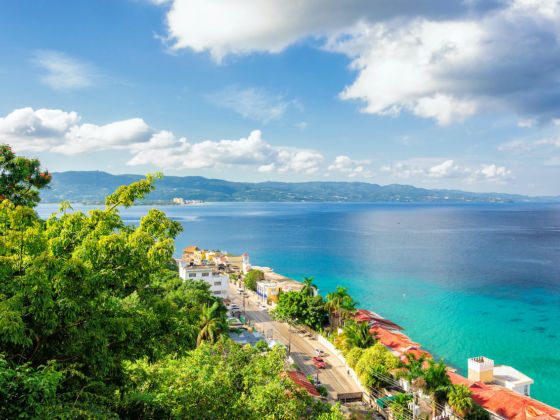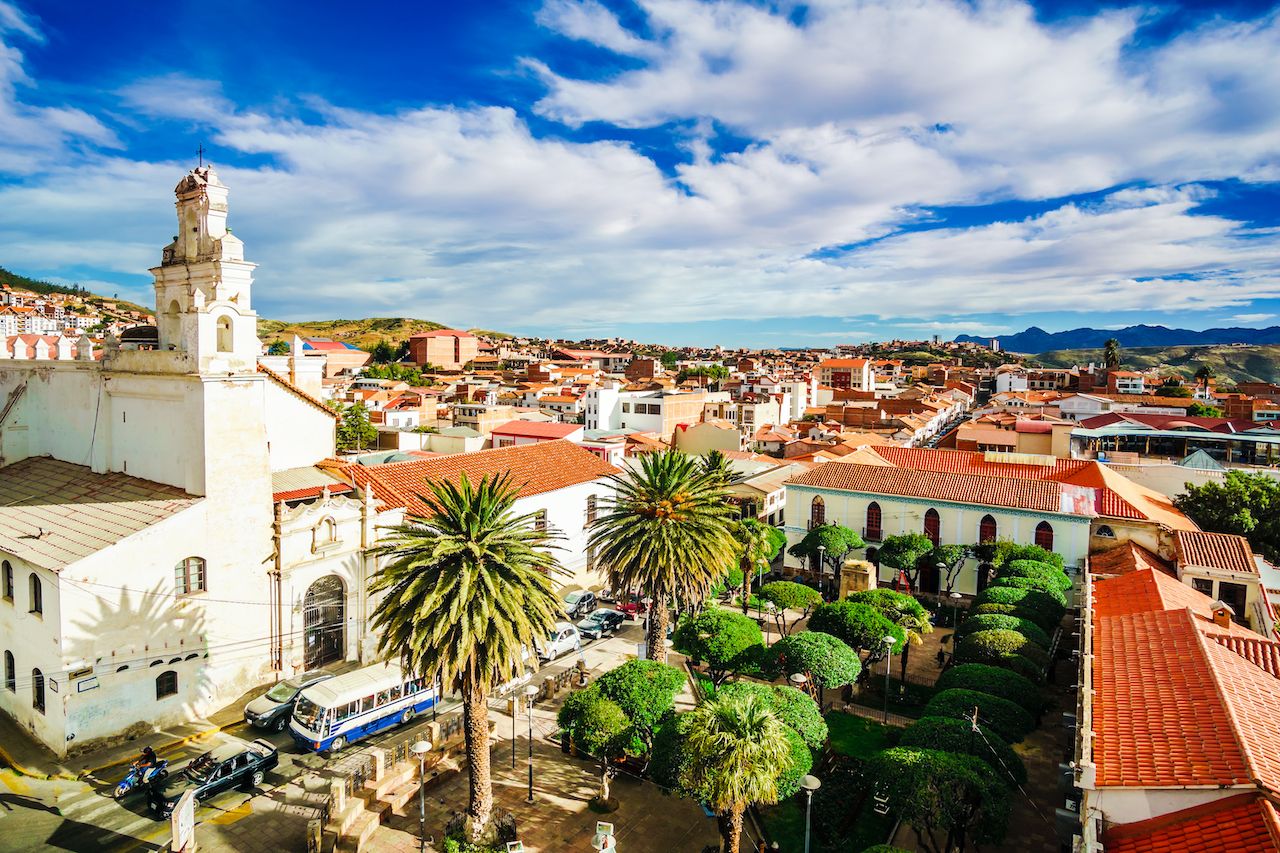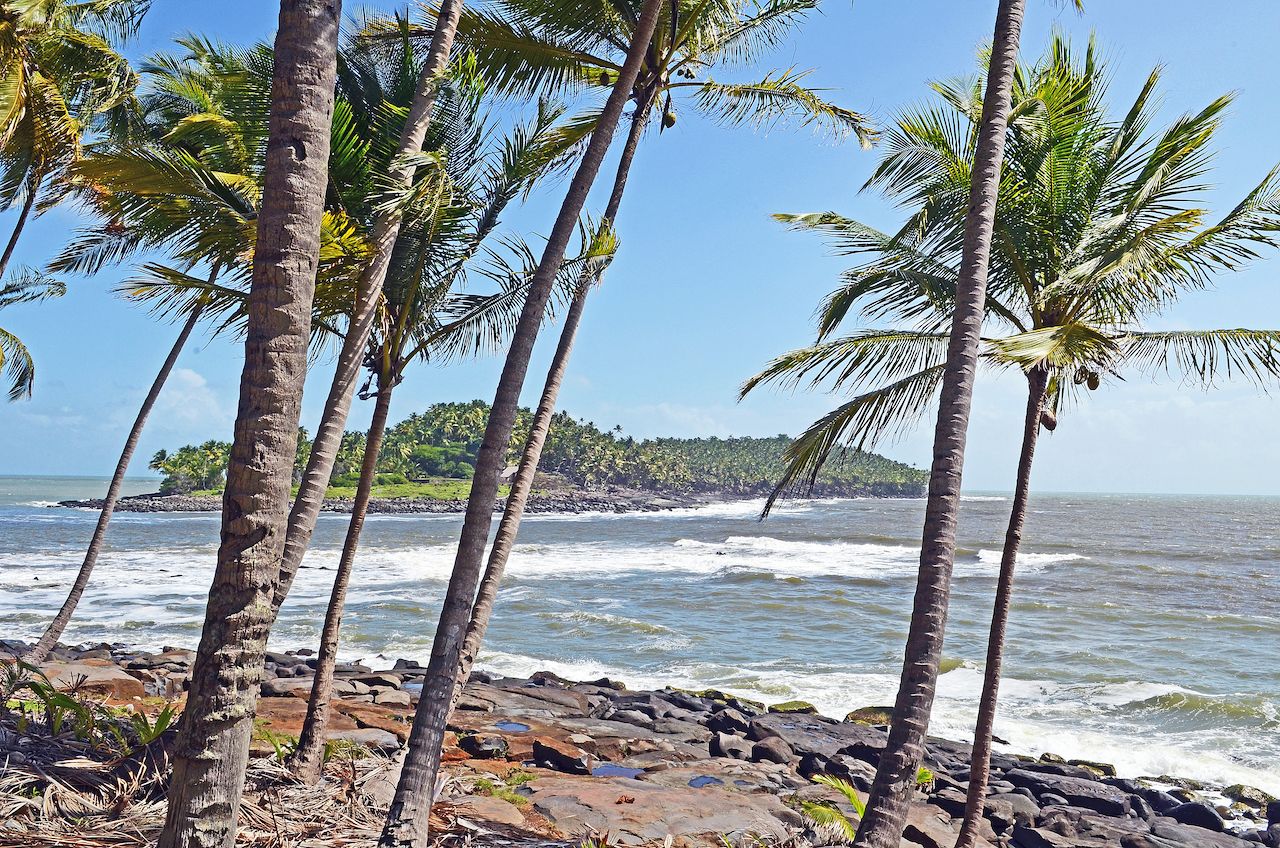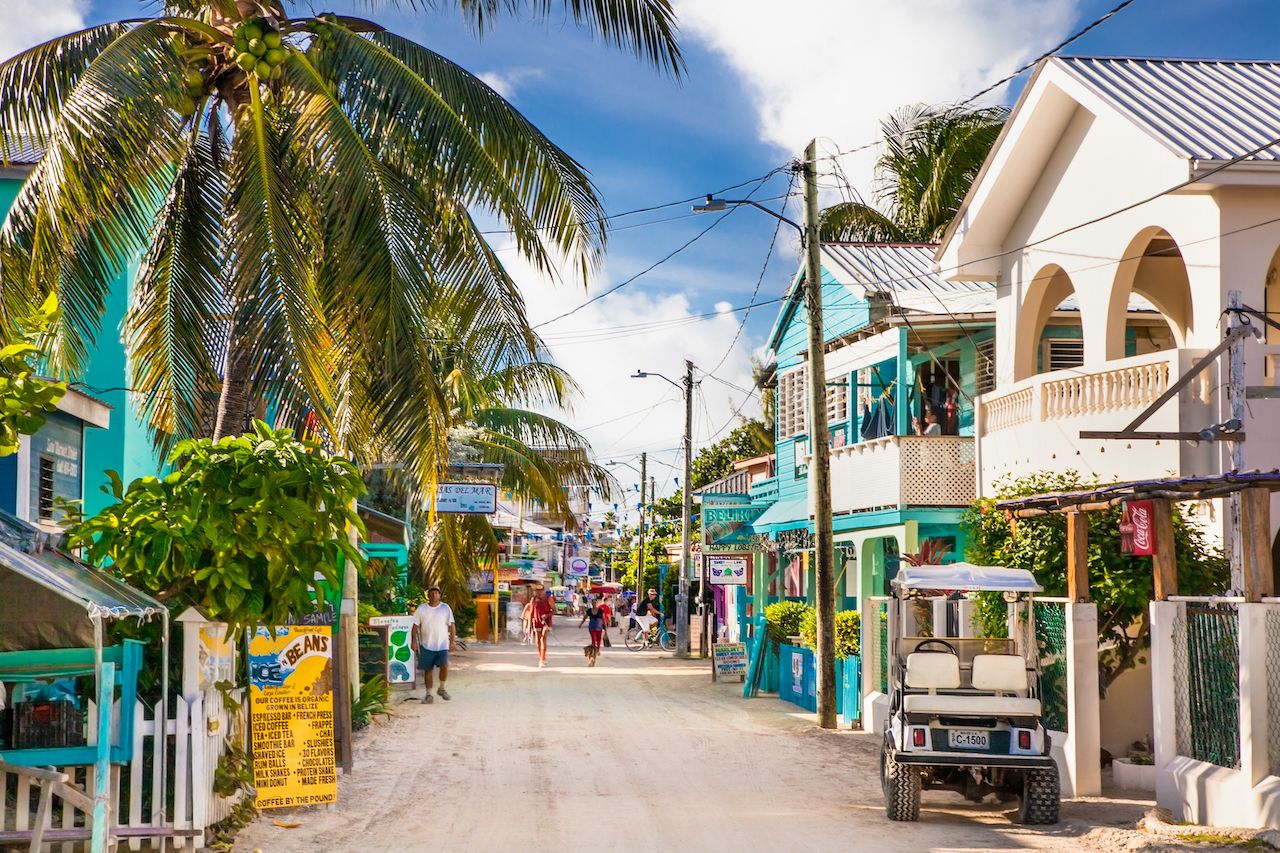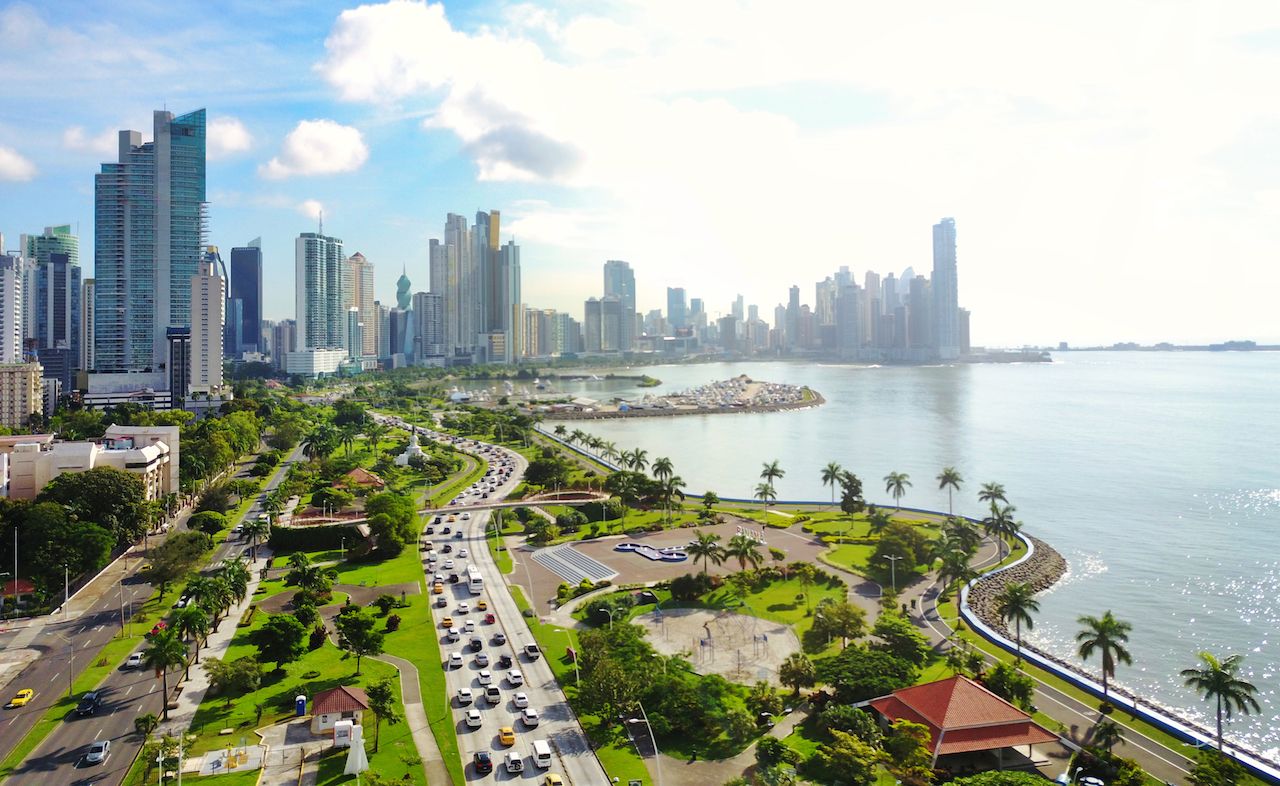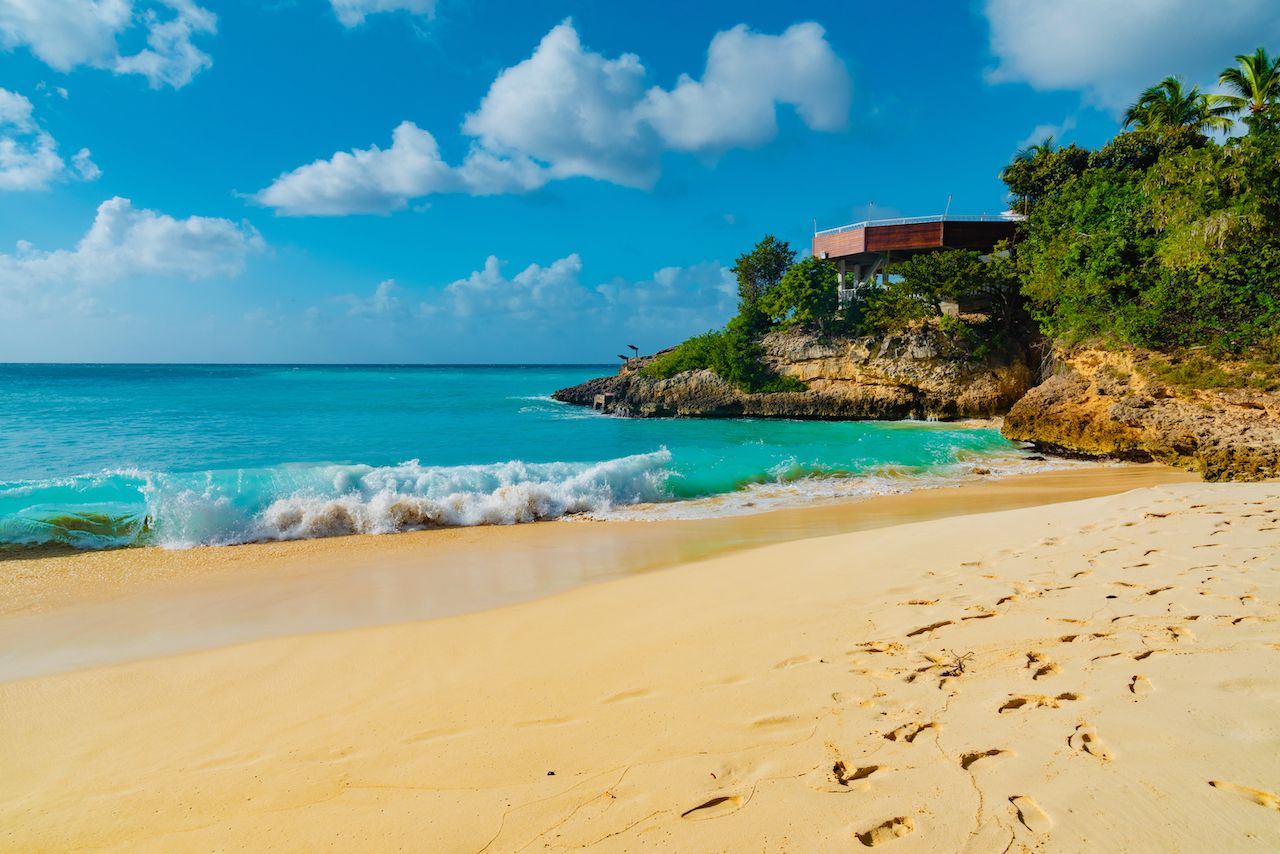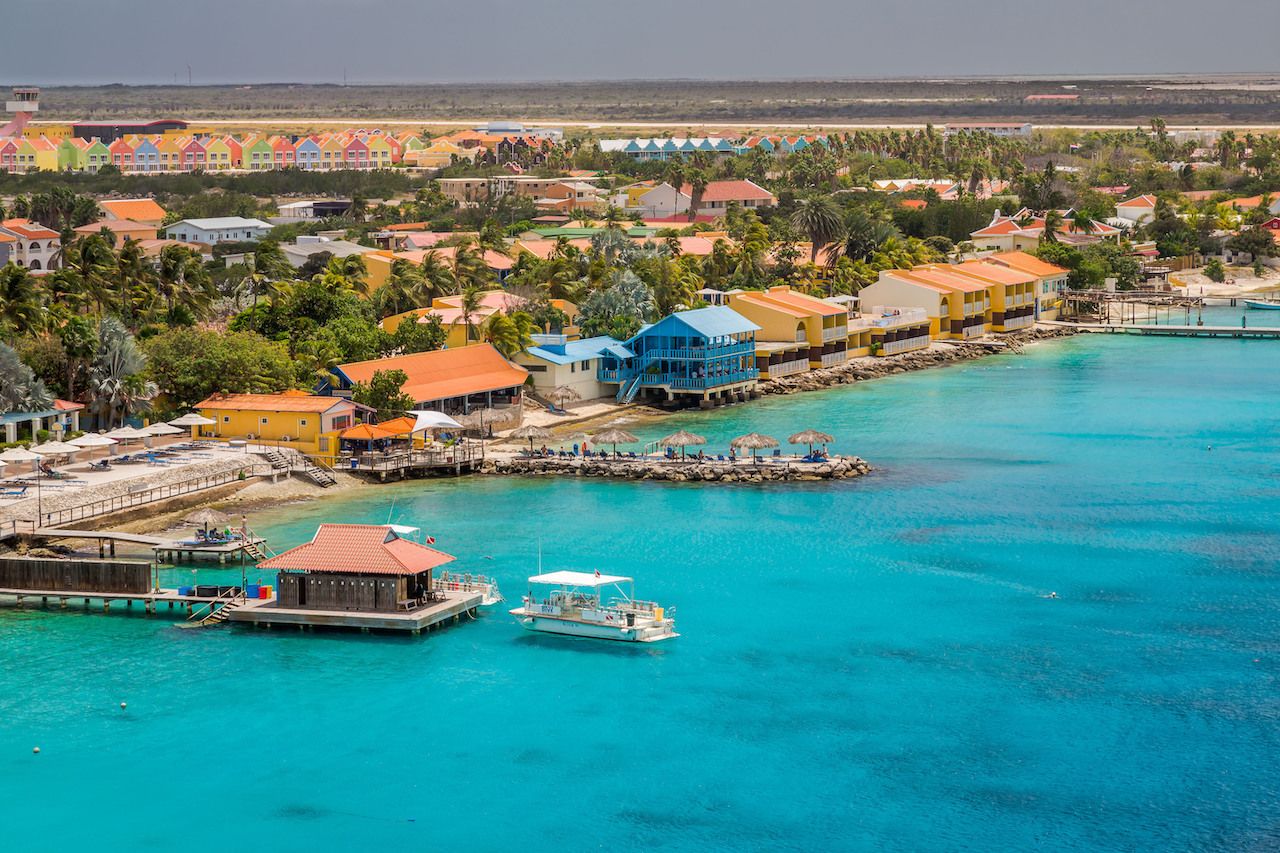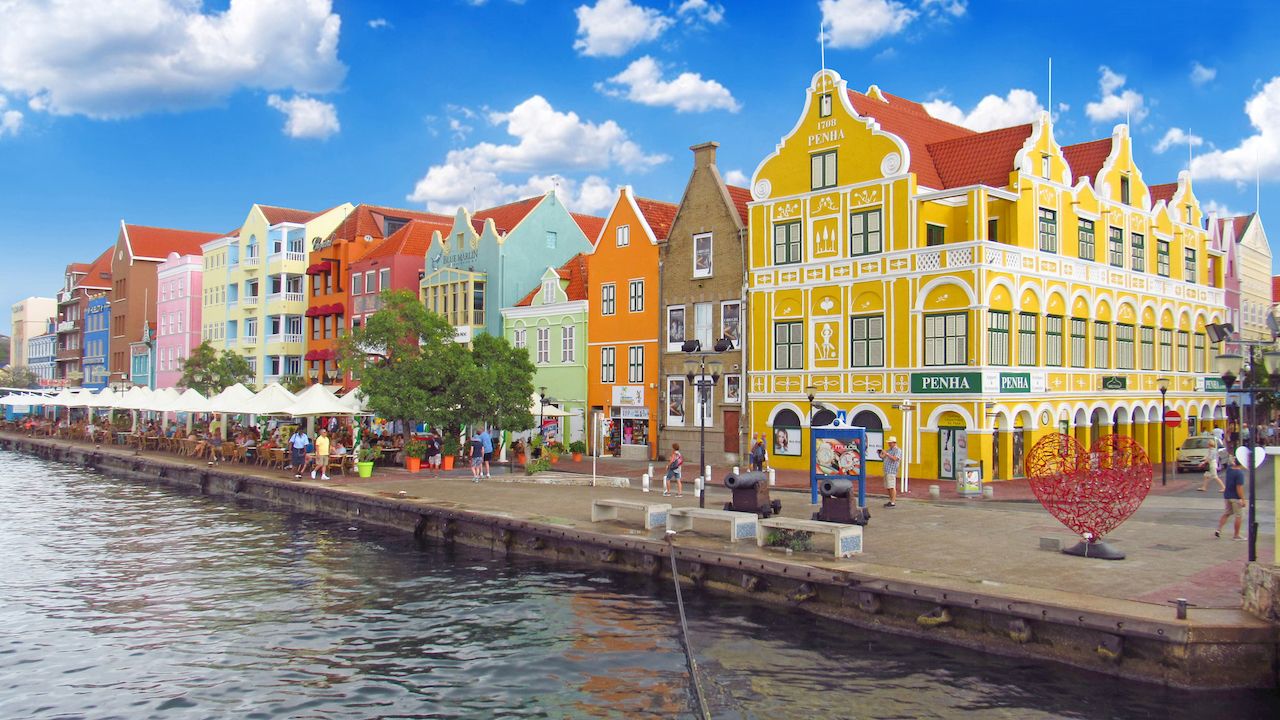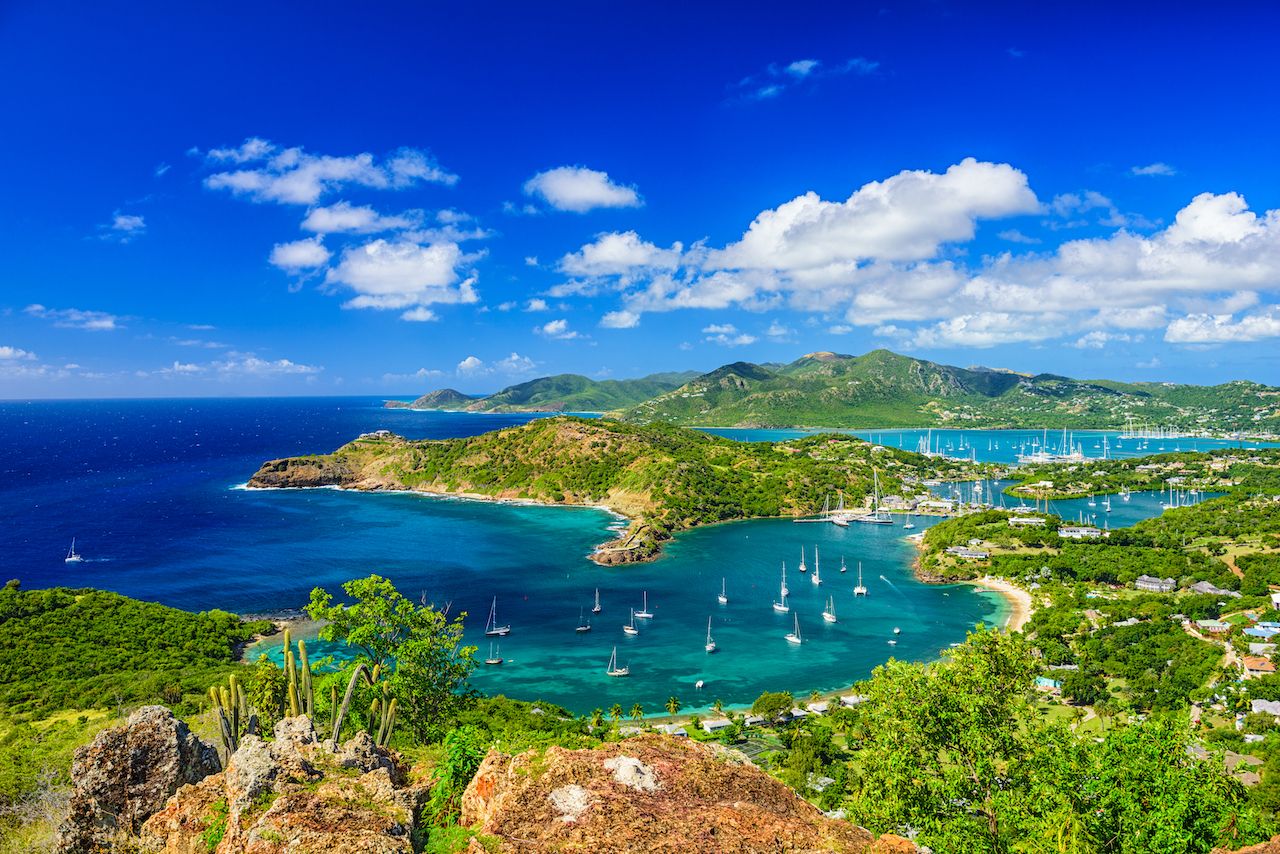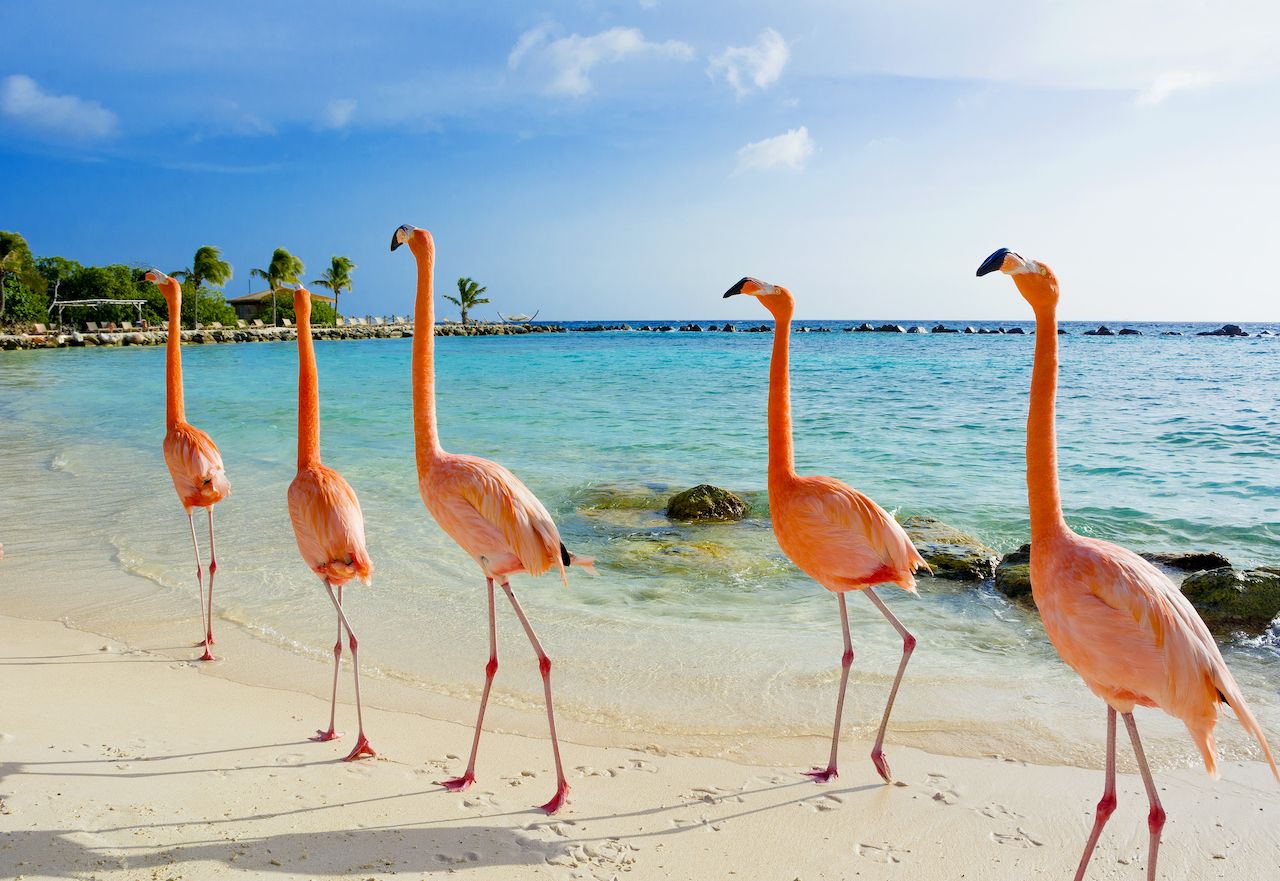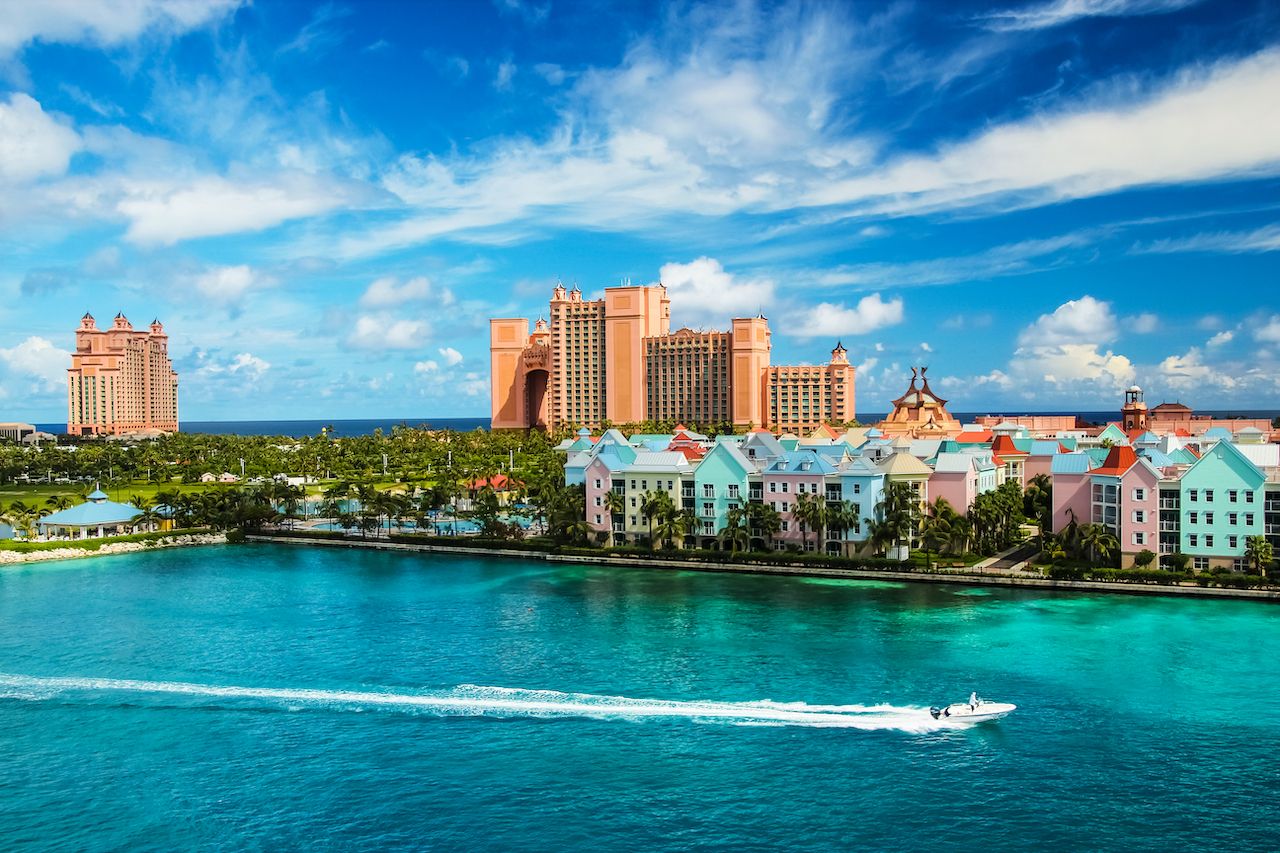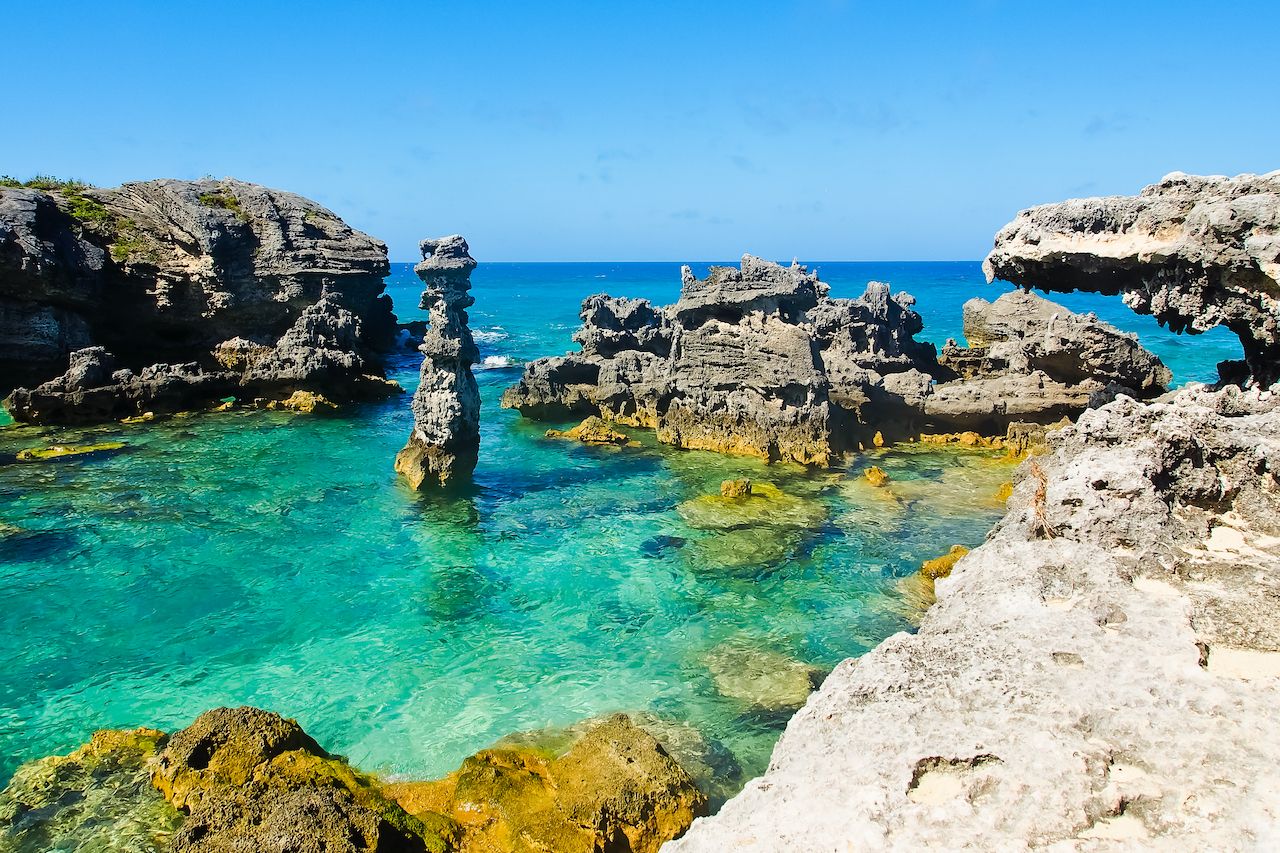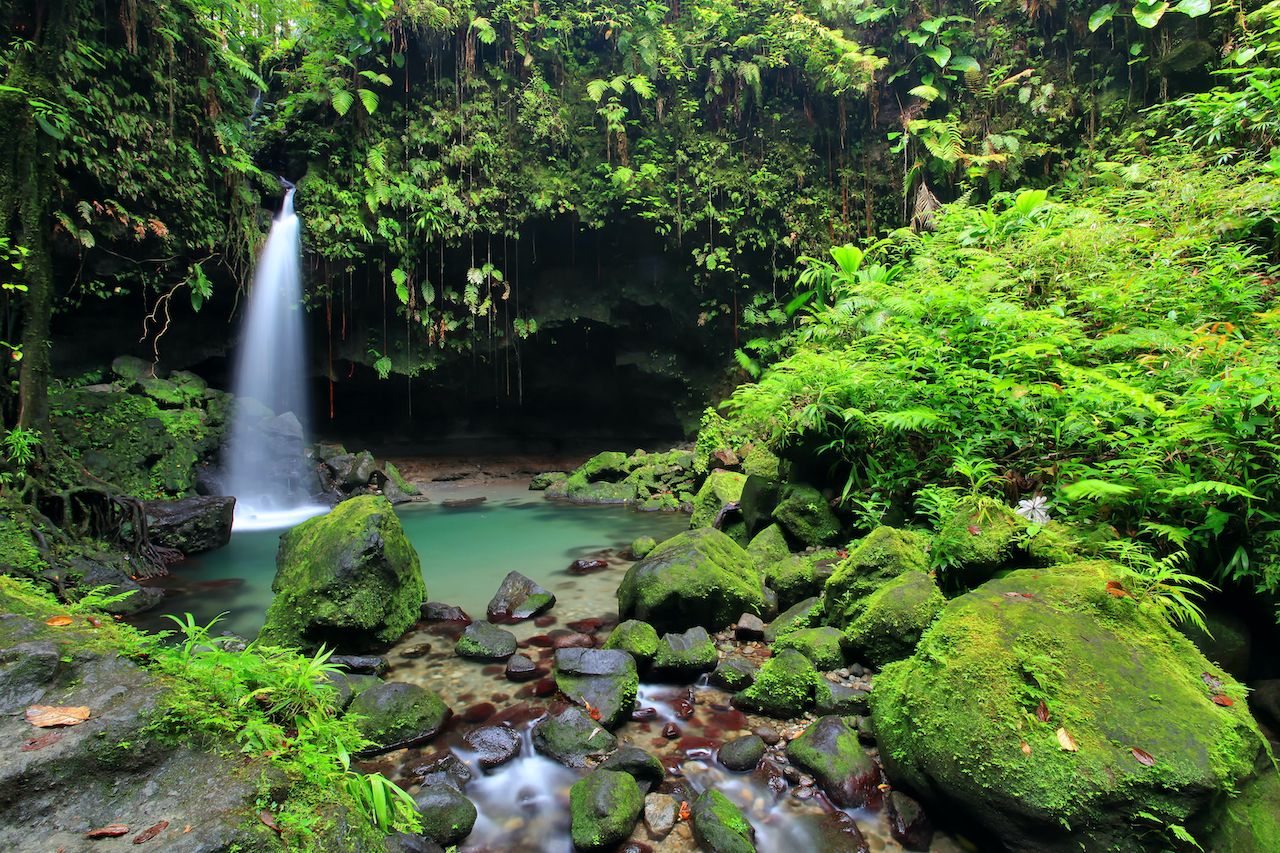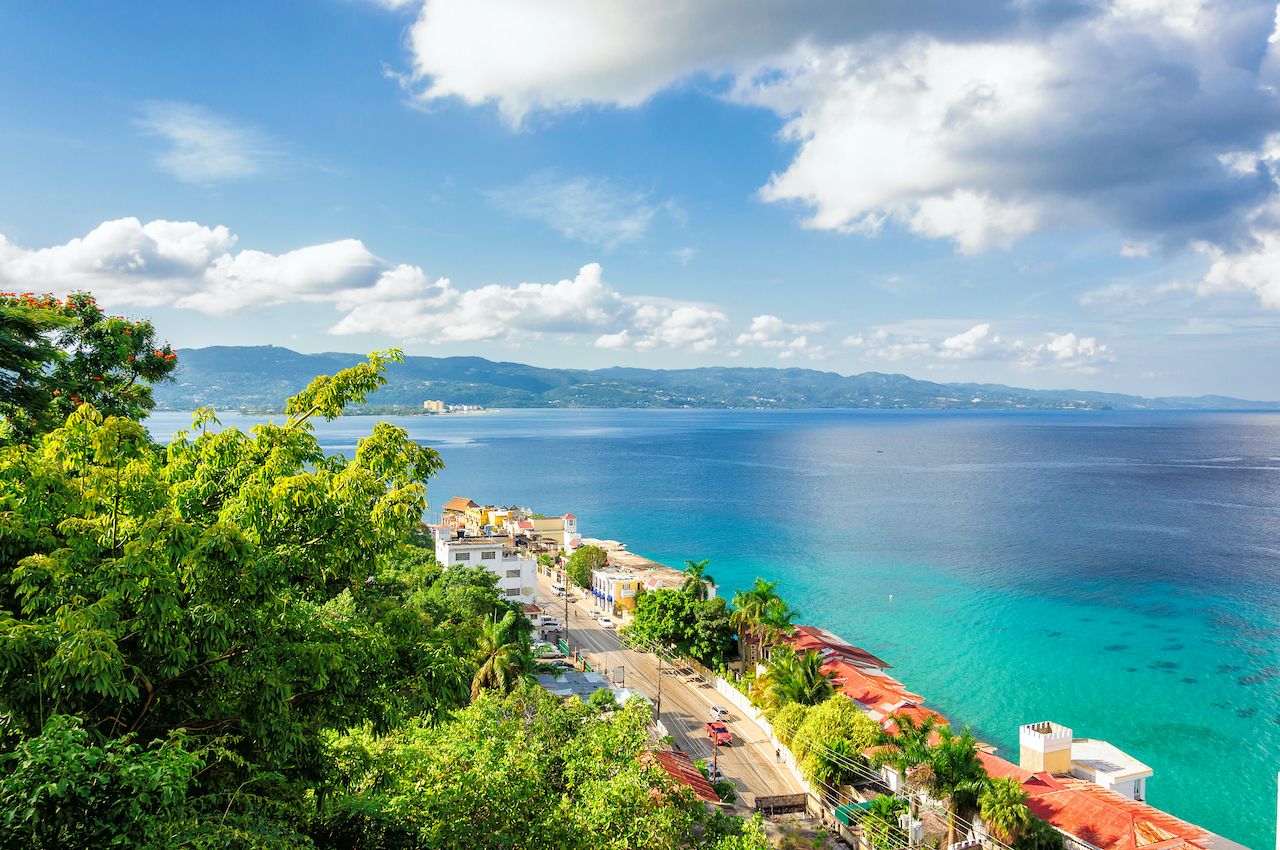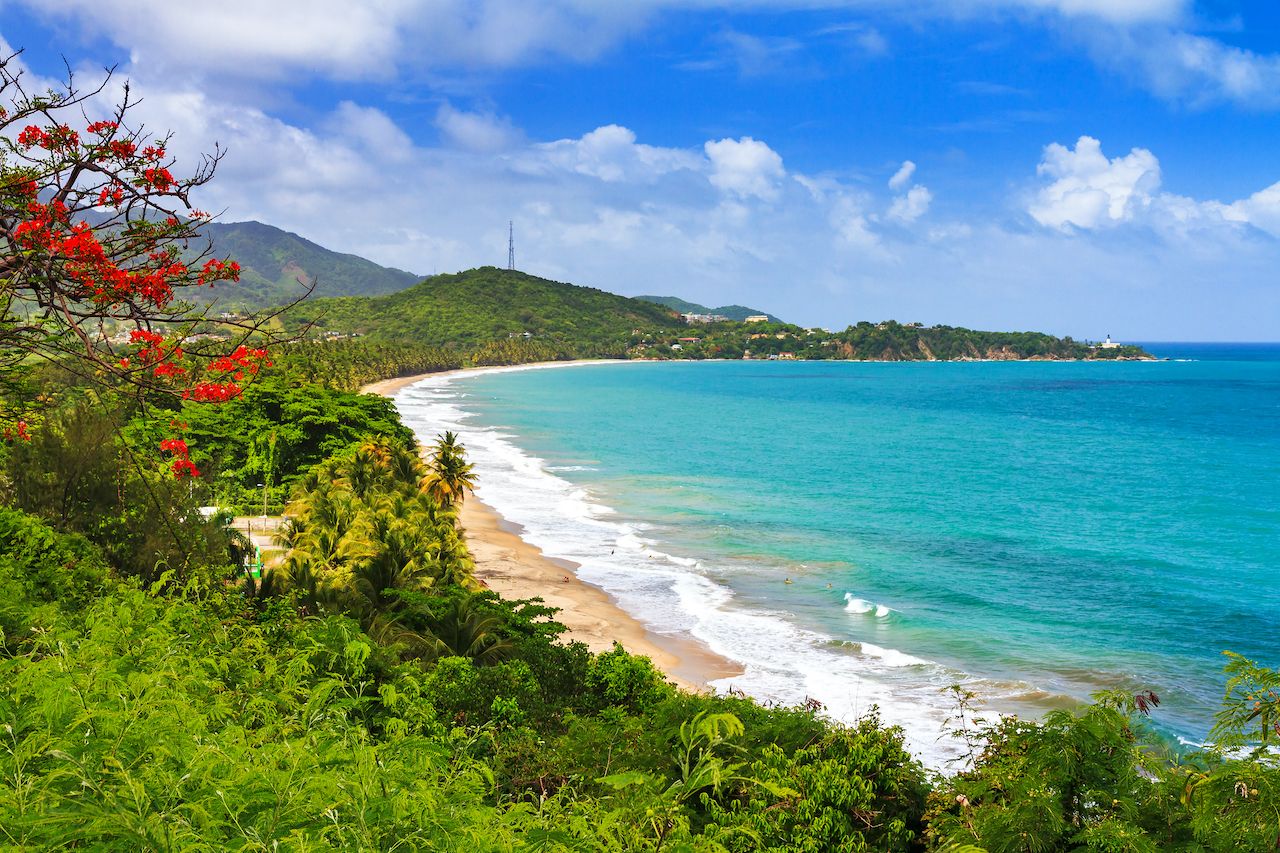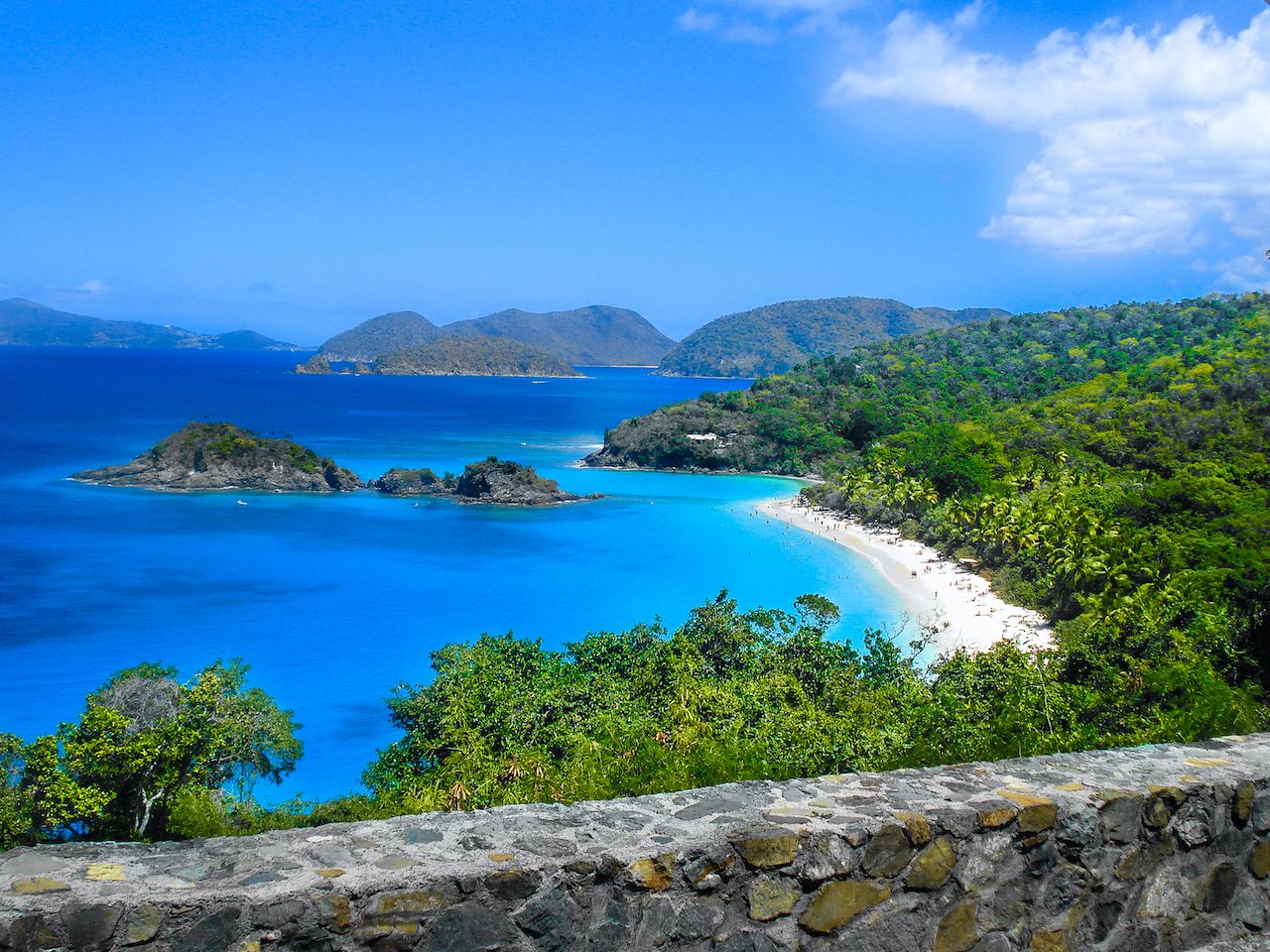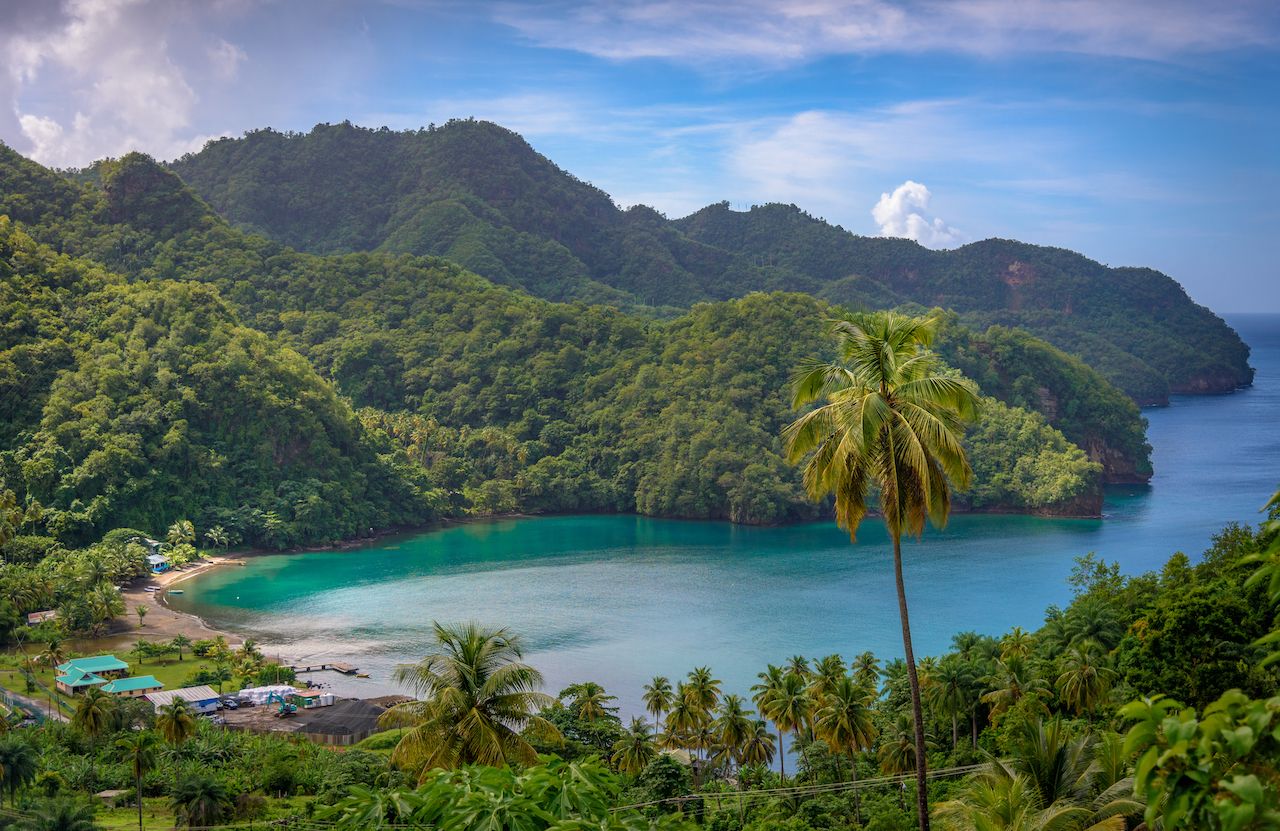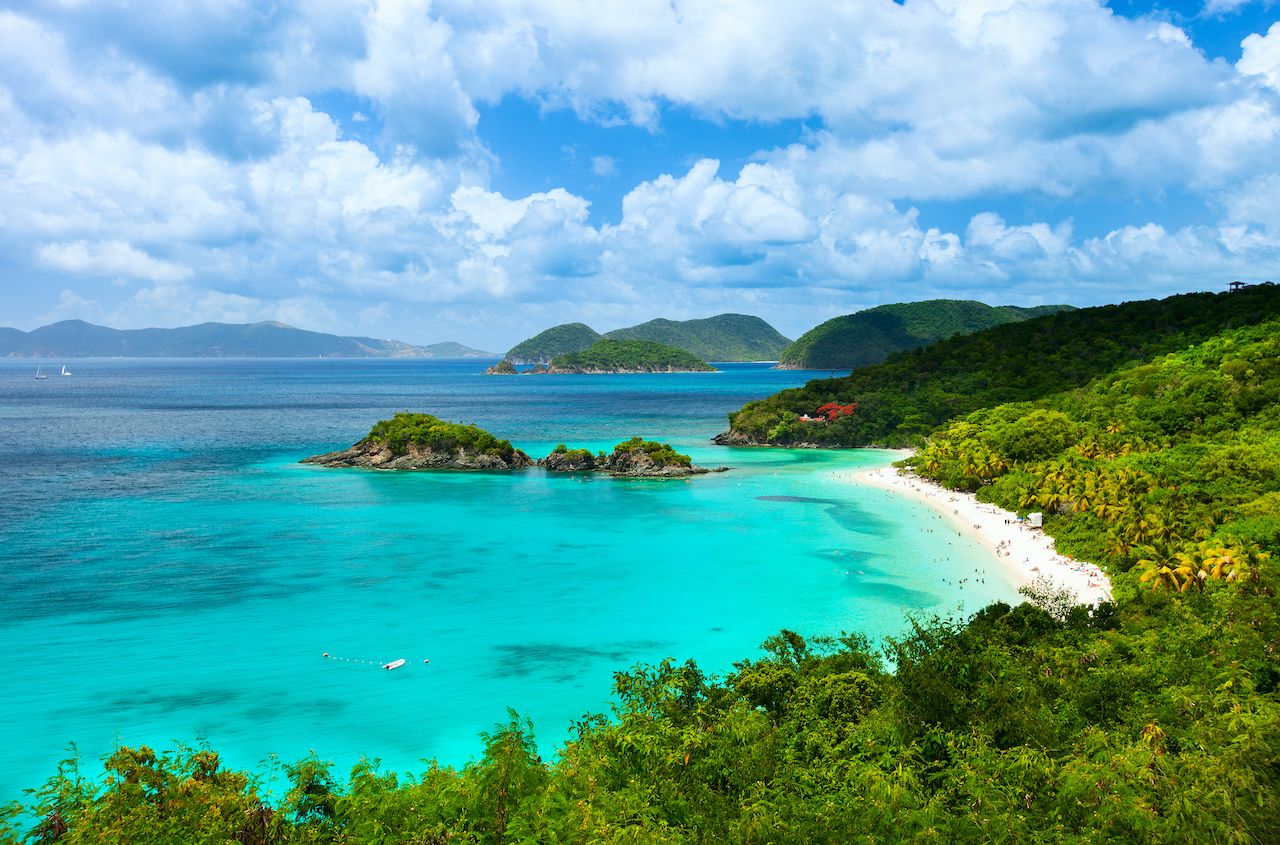The world isn’t as open to US citizens right now as it was nine months ago, but nonetheless, our travel prospects are looking much better than they were last spring. Although much of Europe remains off-limits, several countries in Asia have slowly started to welcome back US visitors, and many other countries around the world have cautiously opened their doors. Latin America is one of our best bets for revisiting our love of travel. With over 20 destinations welcoming US citizens across Latin America — each with their own COVID-19 protocols, of course — there are plenty of opportunities for a trip. These are the countries in South America, Central America, and the Caribbean currently welcoming US tourists.
Where can US citizens travel in Latin America?
South America
Brazil
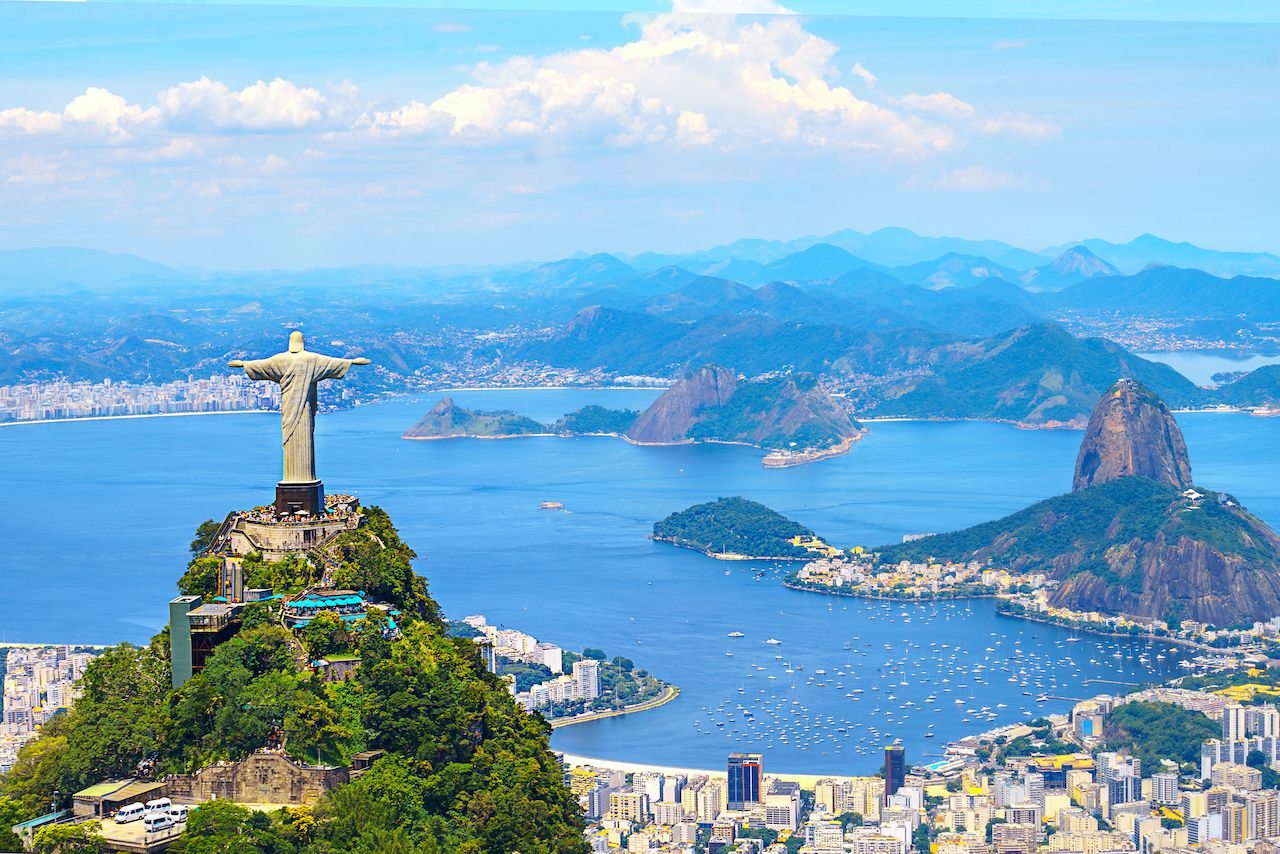
Photo: IrenaV/Shutterstock
Brazil closed its land borders on December 30, 2020, but is still open to US tourists traveling by air. The country now requires a completed health declaration and negative COVID-19 PCR test taken within 72 hours of departure.
